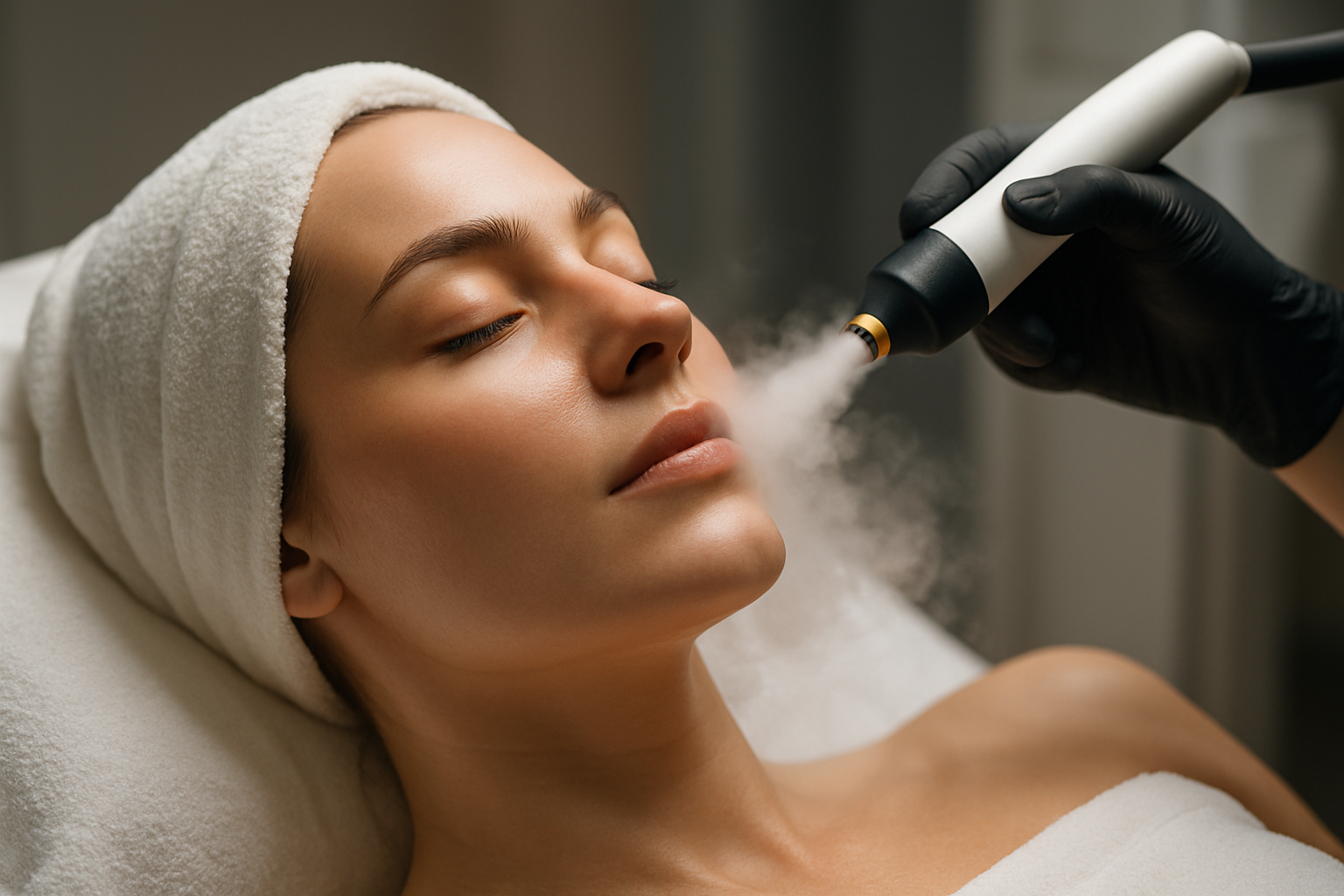Sound Bath Serenity: A Sonic Sanctuary for Beauty and Wellness
In the ever-evolving landscape of beauty and wellness, a harmonious practice is gaining resonance among seekers of tranquility and rejuvenation. Sound baths, an ancient healing modality reborn for the modern age, are making waves in spas, yoga studios, and wellness centers worldwide. This immersive sonic experience promises not only to soothe the mind but also to revitalize the body and spirit. As the gentle vibrations of singing bowls, gongs, and chimes wash over participants, a profound sense of calm emerges, offering a unique pathway to beauty that radiates from within. Let's dive into the depths of this auditory adventure and explore how sound baths are reshaping our approach to self-care and holistic beauty.

The modern sound bath, however, is a relatively recent phenomenon. It gained traction in the West during the 1930s when Swiss scientist Hans Jenny developed the study of cymatics, which explores the visual representations of sound vibrations. This scientific approach to sound’s physical effects on matter paved the way for a renewed interest in sound healing.
As the New Age movement blossomed in the 1960s and 70s, sound healing practices began to integrate with other alternative therapies. The term “sound bath” emerged, describing an immersive experience where participants are “bathed” in sound waves.
The Science Behind Sonic Therapy
While skeptics may dismiss sound baths as pseudoscience, emerging research suggests there may be more to these sonic sessions than meets the ear. Studies have shown that certain sound frequencies can affect brainwave patterns, potentially inducing states of relaxation or heightened awareness.
Sound baths typically utilize instruments that produce rich harmonic overtones, such as Tibetan singing bowls, crystal bowls, gongs, and tuning forks. These instruments create complex waveforms that the brain finds difficult to analyze, potentially facilitating a shift from beta waves (associated with active thinking) to alpha and theta waves (linked to relaxation and meditative states).
Furthermore, the vibrational aspect of sound therapy may have physiological effects. Some practitioners argue that the vibrations can stimulate cellular repair and enhance lymphatic circulation, though more research is needed to substantiate these claims.
The Sound Bath Experience
A typical sound bath session lasts between 45 to 90 minutes. Participants usually lie comfortably on yoga mats, often with blankets and eye masks to enhance relaxation. The practitioner, or sound healer, begins by setting an intention for the session and may incorporate breathing exercises or guided meditation.
As the soundscape unfolds, participants are encouraged to focus on the sounds and vibrations, allowing thoughts to come and go without attachment. The combination of different instruments creates a rich tapestry of sounds, with practitioners skillfully layering and modulating tones to guide the experience.
Many report feelings of deep relaxation, emotional release, and even out-of-body sensations during a sound bath. Some describe vivid imagery or insights arising during the session, while others simply drift into a state of profound calm.
Beauty Benefits Beyond Skin Deep
The beauty industry is increasingly recognizing the interconnectedness of mind, body, and appearance. Sound baths offer a unique approach to beauty that starts from within, potentially yielding benefits that manifest externally.
Stress reduction is perhaps the most immediate benefit of sound baths. Chronic stress is known to accelerate aging, exacerbate skin conditions, and disrupt sleep patterns. By promoting deep relaxation, sound baths may help mitigate these effects, leading to improved skin health and a more youthful appearance.
Moreover, the meditative aspect of sound baths can enhance mindfulness, potentially leading to better self-care habits and a more positive self-image. This inner work can translate to a more radiant outer appearance, as confidence and self-acceptance are key components of personal beauty.
Some practitioners also claim that the vibrational aspect of sound therapy can improve circulation and lymphatic drainage, which could contribute to a healthier complexion and reduced puffiness. While these claims require further scientific validation, many participants report feeling refreshed and rejuvenated after a session.
Integration into Spa and Wellness Programs
Luxury spas and wellness centers are increasingly incorporating sound baths into their offerings, recognizing their appeal to clients seeking holistic beauty treatments. Some high-end establishments have created dedicated sound therapy rooms with state-of-the-art acoustic designs to enhance the experience.
Innovative spa treatments are emerging that combine sound therapy with traditional beauty services. For example, facial treatments accompanied by tuning fork therapy claim to stimulate collagen production and improve product absorption. Massage therapists are integrating singing bowls into their practice, using the vibrations to target specific areas of tension.
Wellness retreats are also capitalizing on the trend, offering multi-day programs that feature daily sound baths alongside other mindfulness and beauty practices. These immersive experiences promise a reset for both body and mind, with participants often reporting lasting effects on their overall well-being and appearance.
The Future of Sonic Beauty
As interest in holistic wellness continues to grow, sound baths are poised to become a mainstream beauty and wellness practice. Technological advancements are already shaping the future of sonic therapy, with virtual reality sound baths and personalized frequency treatments on the horizon.
Research into the effects of sound on cellular health and gene expression may unlock new applications for sound in beauty treatments. Some scientists speculate that specific frequencies could potentially stimulate collagen production or influence skin cell regeneration.
While sound baths offer a promising avenue for holistic beauty and wellness, it’s important to approach them with a balanced perspective. They should be seen as a complement to, rather than a replacement for, traditional skincare and health practices. As with any wellness trend, individual experiences may vary, and it’s advisable to consult with healthcare professionals before embarking on any new therapeutic regimen.
In the symphony of beauty and wellness options available today, sound baths strike a unique chord. By harmonizing ancient wisdom with modern science, they offer a tranquil retreat from the cacophony of daily life and a gentle reminder that true beauty resonates from within. As we continue to explore the intricate connections between sound, stress, and skin, the gentle waves of sonic therapy may well become an essential note in the composition of holistic beauty care.





